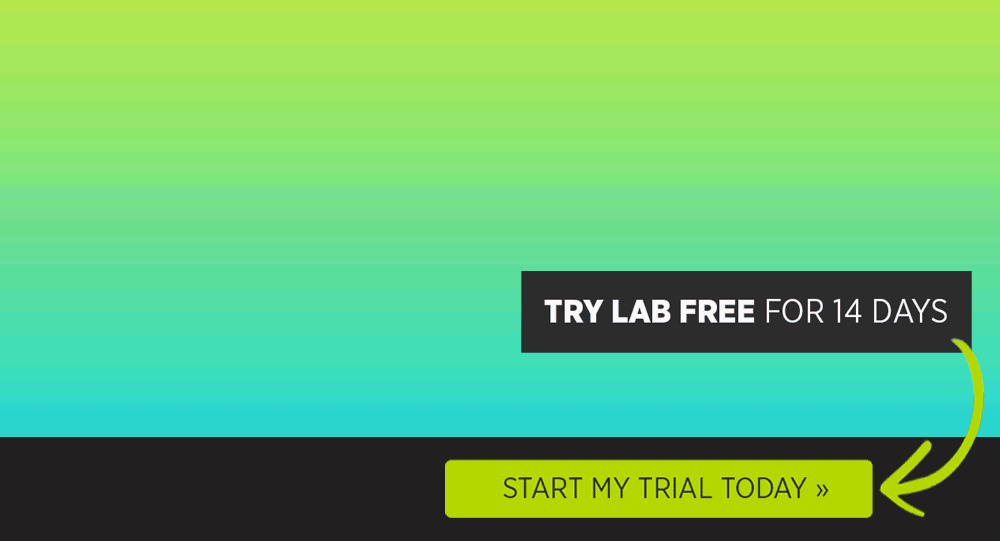MARKETING
Promote | DigitalMarketer

Up until now, any “promotion” your customers have done has been passive. But in the promotion stage, your customers actively spread the word about your brands, products, and services. They tell stories, make recommendations, and share your offers because they truly believe in them.
Active promotion may be an affiliate or commission relationship—or just a free offer for sending some new customers your way. The point is, it’s a win-win for both of you.
One thing worth mentioning before we dive in; Happy customers don’t promote, SUCCESSFUL customers do.
Our biggest question in the Promote stage is: How are you going to turn your BEST customers into your marketing partners?
If you don’t have a referral program, an affiliate program, or a valued reseller program … who is willing to drive your message to the organization you need to build out these programs? This is word of mouth marketing, and it is very important so start thinking about how you want to build this.
Look to your most successful customers, they’re going to be the people who actively promote for you. But then, let’s think about our customers who already have our prospects but are offering a different product or service.
At DigitalMarketer we are a training and certification company, we are not a services based company. What that means is we don’t compete with agencies or consultants. This also means that there is an opportunity for us to work with agencies and consultants.
When we realized this we decided to launch our Certified Partner Program, which you can learn more about at DigitalMarketer.Com/Partner. This program lets us work with the largest segments of our customer base, who have customers that we want but they’re providing a solution that we’re not providing.
When we train our customers, they are able to use our company frameworks to work with their clients. If their clients want to learn to do their marketing themselves? We’re the first education company they see.
So who is that for you? Remember, it’s not the happy clients that refer, it’s the successful clients. If you want to create more promoters, make sure that you’re doing everything that you can as a marketer to ensure that you’re marketing great products so you can see great results.
How can our example companies accomplish this?
For Hazel & Hems, they can add an ambassador program to grow their instagram following and increase credibility with viral posts.
Ambassadors can earn affiliate commissions, additional boutique reward points, and get the chance to build a greater following by leveraging the Hazel & Hems brand.
For Cyrus & Clark, they can offer discounted rates to their existing clients if those clients are willing to refer them to their strategic partners.
For construction companies, this could be a home builder recommending Cyrus & Clark services to the landscapers, real estate developers, and interior designers that they work with to serve their customers.




















You must be logged in to post a comment Login